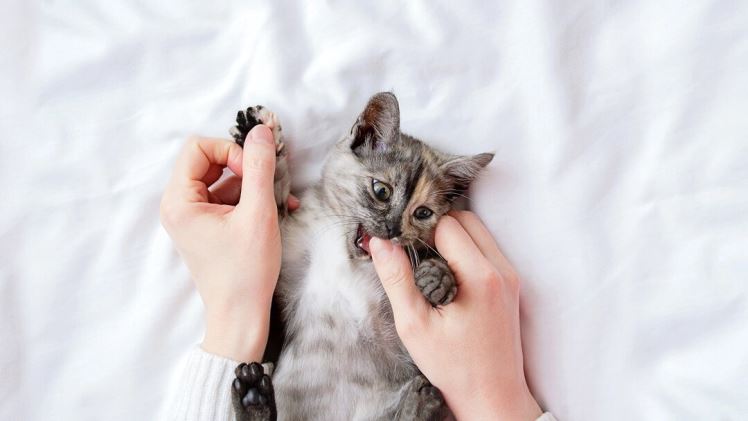4 Ways to Stop an Aggressive Cat

Introduction:
Cats can be lovable and playful companions. But sometimes, they can express aggression towards their owners or other pets in the household. Understanding the reasons behind this behavior is crucial in finding solutions to curb the aggression and create a safe and enjoyable living environment. Here are four ways to stop an aggressive cat.
Just remember, education is the doorway to happiness. To receive a good education, you will need good teachers. Also, you will need to be up on the latest tech.
- Determine the cause of aggression:
Aggression in cats could stem from various reasons; these include fear, territoriality, medical issues, or redirected aggression which occurs when a cat feels threatened by another individual or animal. Consequently, it exhibits aggression towards someone else. To alleviate aggressive behavior, identify the main cause of this issue by observing the pet’s behavioral patterns and discussing any notable concerns with a veterinarian.
- Positive Reinforcement:
Rewarding your cat for non-aggressive behavior can be an effective way to encourage desirable conduct while avoiding violent outbursts. Treats and praise might be offered when they’re relaxed or calmly playing with toys. Be consistent in rewarding such positive actions while ignoring or quickly interrupting their aggressive behaviors.
- Create a calm environment:
Cats often become more aggressive in stressful surroundings. By creating a serene environment for the pet, you can help reduce their anxiety levels that contribute to aggressive tendencies. Providing vertical space with high perches or shelves for them to climb and play can create a sense of comfort and safety as well as reduce aggression towards other pets in the house.
- Consult a professional:
If your cat’s aggression remains unmanaged despite your efforts, seeking professional help might be necessary. Services such as consulting with veterinary behaviorists or certified animal trainers who specialize in feline behavior can pinpoint specific triggers that commonly go unnoticed by cat owners. These professionals will develop customized training plans suited for your cat’s unique needs and help reduce aggressive episodes.
Conclusion:
Aggressive tendencies in cats are not uncommon, but understanding these behaviors and resolving them is crucial for a harmonious living environment. By implementing these tips, you can mitigate aggressive actions while fostering a loving relationship with your furry friend. Always consult a professional if the problem persists.
